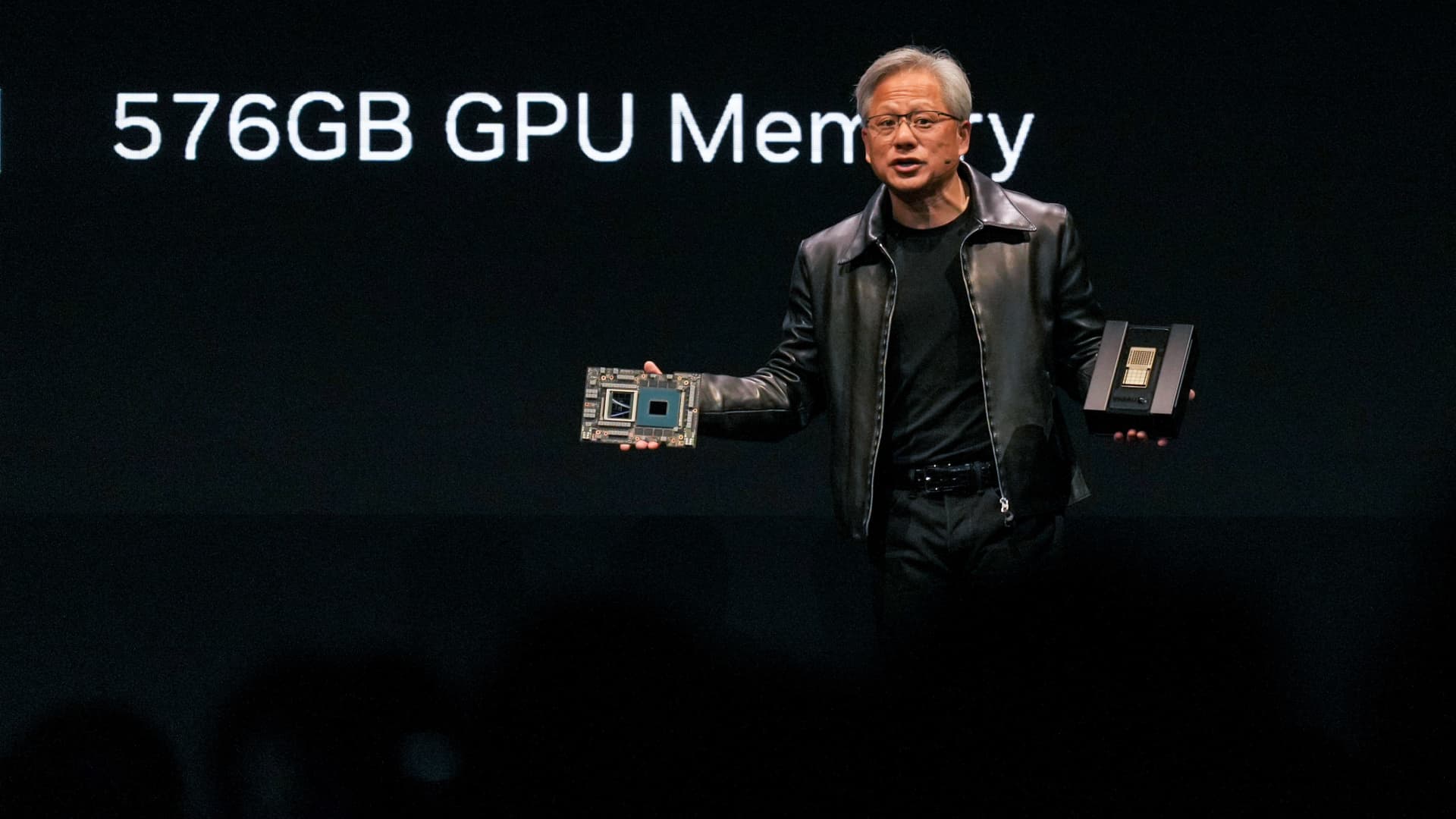Dozens of restaurants nationwide have quietly begun using surge pricing and have reaped tens of thousands of dollars in profits from the controversial practice, The Post has learned.
Barbecue chain Tony Romas and nearly 100 other small restaurants have already turned to fluctuating menu prices during peak times — similar to the rollout planned by fast-food giant Wendy’s next year — according to one company that sells the software specializing in dynamic pricing.
Los Angeles-based Sauce Pricing — a startup backed by founding members of Sweetgreen, Uber, Airbnb and several private equity firms — said restaurants have the opportunity to increase item prices by 10% to 20% during the lunch rush so customers might pay an extra $1 to $2 for a $10 item, according to a blog post on its website.
In some cases, weve actually seen some restaurants go from having a 10% profit margin to a 20% profit margin, the blog post said.
One of its customers, Las Vegas-based casual eatery Rachels Kitchen, earned $64,000 in additional annual profit across three stores, according to Sauce Pricing’s website.
The Rachel’s Kitchen CEO Debbie Roxarzade confirmed the company uses Sauce Pricing’s software.
The prices “don’t increase or decrease [by] more than 15%, that’s our cap for all menu items,” she told The Post on Tuesday. She also said the price fluctuations only apply to the restaurant’s delivery orders from Doordash, UberEats and Grubhub.
Orlando, Fla.-based Tony Roma’s, popular for its ribs, did not return calls for comment.
Ice cream favorite Carvel was also listed as a Sauce Pricing customer on its website, but the Fudgie the Whale maker denied any ties to the startup when contacted by The Post.
Sauce Pricing founder Colin Webb did not immediately return calls and emails for comment.
Uber-style surge pricing allows a business to hike up the cost of an item when a restaurant is slammed. Theoretically, restaurants can also lower prices during slower times, though it’s not clear whether Wendy’s will let favorites like Dave’s Single fall below its base price.
The announcement by Wendys chief executive Krik Tanner this month that the burger chain will invest in a “dynamic pricing” pilot sparked anger and anxiety from inflation-battered customers fed-up with ever increasing food prices.
Price gouging. The corporate food company go to, posted one angry user on X.
Most of the price adjustments, however, are on online orders and are meant to help restaurants cope with rising labor costs and delivery fees from Doordash, Grubhub and UberEats, Sauce Pricing’s website notes.
Delivery accounts for a growing portion of restaurant revenues and costs, particularly since the pandemic, experts told The Post.
One industry veteran pointed out that restaurants have long lowered and raised their prices to lure customers during slow and busy times.
Happy Hour is dynamic pricing and so is a burger that costs more at dinner than at lunch or an offer of free delivery during a thunderstorm, said Chris Webb, chief executive and founder of ChowNow, an online food ordering company.
But people like reliability and having prices change because the demand is higher is not hospitality.
Other experts said its just a matter of time before the restaurant industry catches up with industries like airlines and hotels that have mastered surge pricing.
Sometimes you check a flight and the price change within a week is dramatic, but it doesnt stop people from flying, said restaurant analyst Mark Kalinowski.
Ultimately, consumers will accept it if a large number of restaurant chains do it, too.








